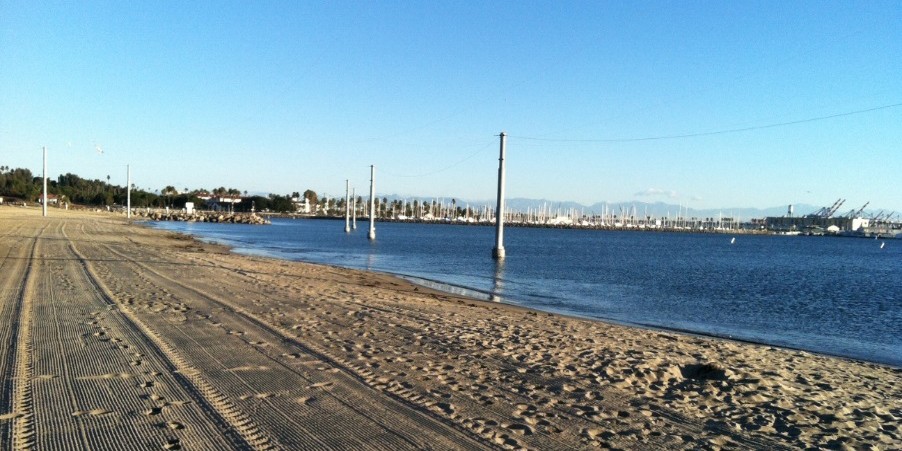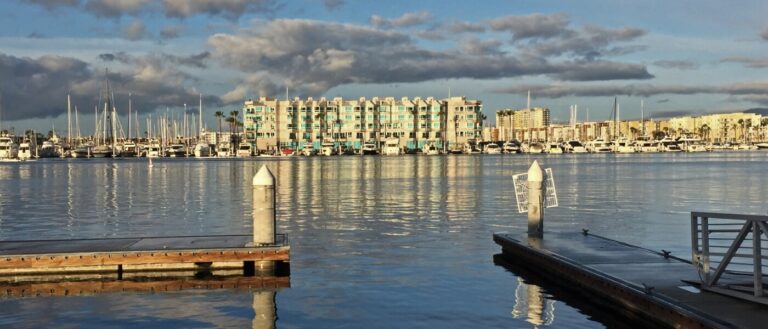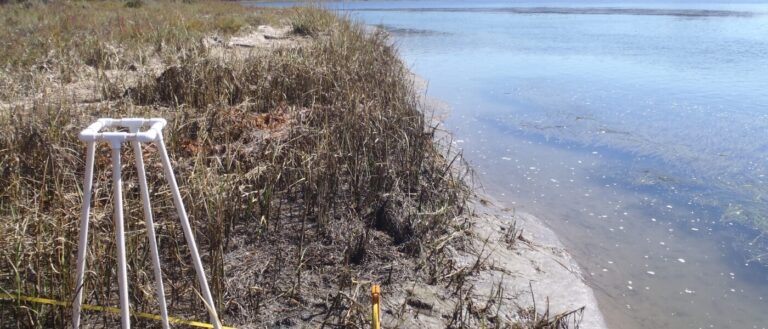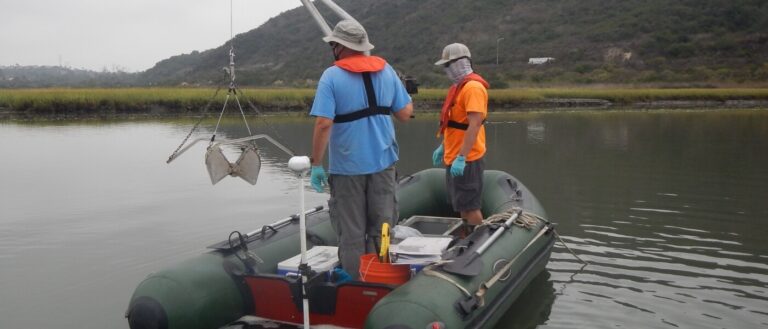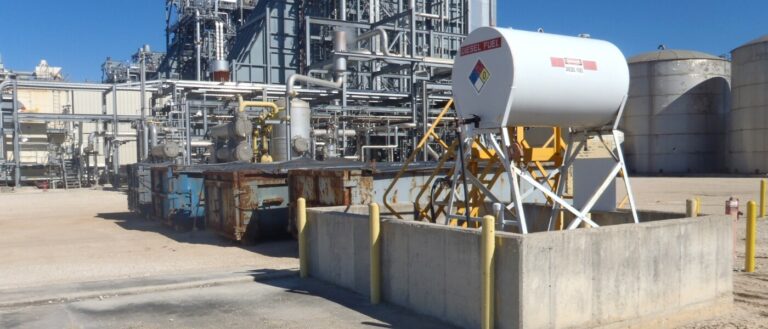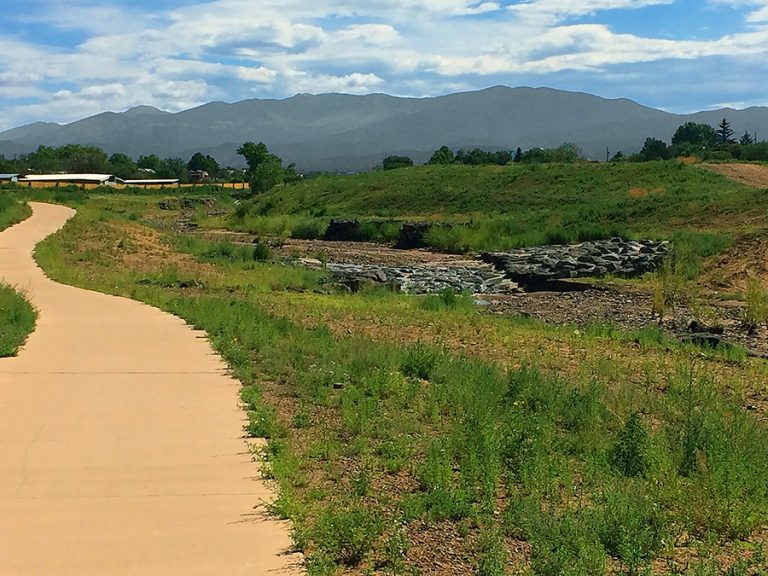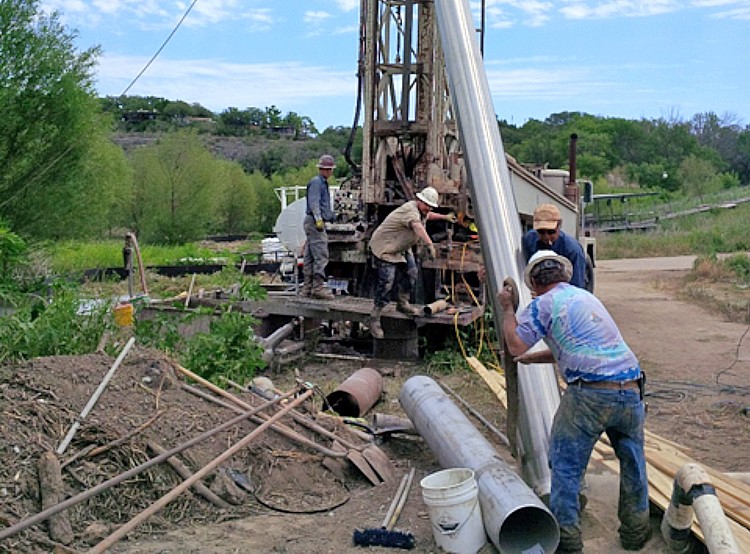Since 2000, POLA and the City of Los Angeles have implemented extensive corrective measures to reduce sources of fecal indicator bacteria in accordance with the Los Angeles Harbor Bacteria TMDL.
Beginning in 2004, Weston was contracted to develop the TMDL implementation plan.The plan included both non-structural best management practices (BMPs), such as public education, signage, trash removal, and beach grooming and structural BMPs, including sanitary and storm drainage system replacements and repairs, diversion structures, beach sand removal and replacement, and a permanent bird exclusion structure. Despite these activities, concentrations of total coliform, Escherichia coli and enterococci, along the inner Cabrillo Beach shoreline continue to exceed the TMDL criteria.
Weston has been continuously supporting the POLA throughout the TMDL implementation period and when the Los Angeles Regional Water Quality Control Board (LARWQCB) requested POLA to develop a transparent, scientifically sound process to establish natural source exclusion (NSE) eligibility at Inner Cabrillo Beach (ICB), Weston developed the ICBNSE Work Plan. This work plan features an adaptive strategy for the design, development, and implementation of sanitary surveys utilizing molecular source tracking, pathogen detection, and studies to explore the impact of non-fecal bacteria on beach conditions. All Performance and Cost Report and microbiology assays have been conducted in Weston laboratories. Steps to implement the ICBNSE Work Plan began in Summer 2012 and are ongoing. The initial results of the study have allowed the POLA to move forward with identifying and quantifying potential risk associated with fecal sources. Weston currently supports the POLA during discussions with the LARWQCB and at stakeholder meetings and public presentations. The scientific study is currently ongoing, and is constantly adapted to the latest state of the science and public policy.
